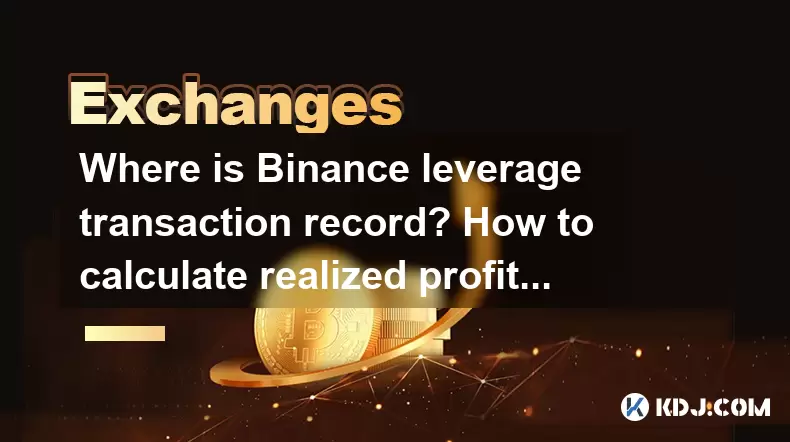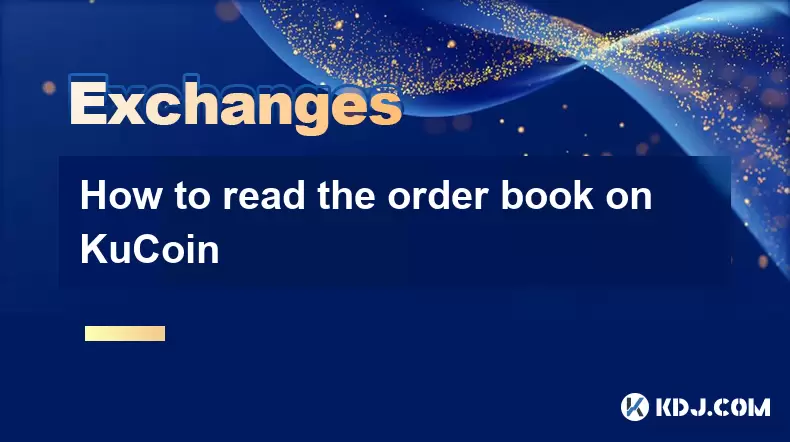-
 Bitcoin
Bitcoin $118300
-0.25% -
 Ethereum
Ethereum $4593
0.63% -
 XRP
XRP $3.099
-0.23% -
 Tether USDt
Tether USDt $1.001
0.09% -
 BNB
BNB $840.2
0.52% -
 Solana
Solana $192.6
-0.85% -
 USDC
USDC $0.0000
0.01% -
 Dogecoin
Dogecoin $0.2286
0.98% -
 TRON
TRON $0.3575
-0.50% -
 Cardano
Cardano $0.9437
1.93% -
 Hyperliquid
Hyperliquid $48.21
6.52% -
 Chainlink
Chainlink $22.33
-1.39% -
 Sui
Sui $3.826
0.89% -
 Stellar
Stellar $0.4272
0.26% -
 Bitcoin Cash
Bitcoin Cash $592.7
0.19% -
 Ethena USDe
Ethena USDe $1.001
0.06% -
 Hedera
Hedera $0.2528
0.25% -
 Avalanche
Avalanche $24.37
2.20% -
 Litecoin
Litecoin $120.5
-1.98% -
 Toncoin
Toncoin $3.493
2.53% -
 UNUS SED LEO
UNUS SED LEO $9.657
4.15% -
 Shiba Inu
Shiba Inu $0.00001293
-0.65% -
 Uniswap
Uniswap $10.93
-0.14% -
 Polkadot
Polkadot $3.981
-1.15% -
 Dai
Dai $1.000
0.03% -
 Bitget Token
Bitget Token $4.627
1.22% -
 Cronos
Cronos $0.1545
0.86% -
 Ethena
Ethena $0.7319
1.41% -
 Aave
Aave $309.9
-1.09% -
 Pepe
Pepe $0.00001108
-1.40%
Where is Binance leverage transaction record? How to calculate realized profit and loss?
Binance provides detailed transaction records for leveraged trades, accessible via the "Futures" section, showing entry/exit points, leverage, and PNL.
May 10, 2025 at 11:21 pm

Understanding Binance Leverage Transaction Records
When engaging in leveraged trading on Binance, it's crucial to keep track of your transaction records to monitor your trading performance and manage your positions effectively. Binance provides detailed transaction records for all leveraged trades, which can be accessed through the platform's user interface. To locate these records, you need to navigate to the "Futures" section of the Binance website or app, where you can view a comprehensive history of your trades, including entry and exit points, leverage used, and the resulting profit or loss.
Accessing Leverage Transaction Records on Binance
To access your leverage transaction records on Binance, follow these steps:
- Log into your Binance account.
- Navigate to the "Futures" section on the top menu bar.
- Select "Futures" or "USDT-M Futures" depending on the type of futures you are trading.
- Click on "Order History" to view all your past orders.
- Filter the orders by selecting "Filled" to see only the executed trades.
- Review the details of each trade, including the time, price, quantity, and profit/loss.
Understanding the Components of a Leverage Transaction Record
Each leverage transaction record on Binance includes several key components that are essential for understanding your trading activity:
- Order ID: A unique identifier for each trade.
- Symbol: The trading pair you used (e.g., BTC/USDT).
- Type: Whether the order was a market, limit, or stop order.
- Side: Indicates if the trade was a buy or sell.
- Price: The price at which the order was executed.
- Quantity: The amount of the asset traded.
- Time: The exact time the order was filled.
- Leverage: The level of leverage used for the trade.
- Realized PNL: The profit or loss realized from the trade.
Calculating Realized Profit and Loss on Leverage Trades
Calculating realized profit and loss (PNL) on leverage trades involves understanding the difference between the entry and exit prices of your position, adjusted for the leverage used. The formula for calculating realized PNL is:
Realized PNL = (Exit Price - Entry Price) Quantity Leverage
Here’s a step-by-step guide to calculating your realized PNL:
- Determine the entry and exit prices of your trade.
- Identify the quantity of the asset you traded.
- Note the leverage used for the trade.
- Apply the formula to calculate the realized PNL.
For example, if you bought 1 BTC at $10,000 with 10x leverage and sold it at $11,000, your realized PNL would be:
Realized PNL = (11,000 - 10,000) 1 10 = $10,000
Factors Affecting Realized Profit and Loss
Several factors can affect the realized PNL of your leverage trades:
- Market Volatility: High volatility can lead to significant price movements, impacting your PNL.
- Leverage: Higher leverage can amplify both profits and losses.
- Fees: Trading fees can reduce your overall PNL.
- Liquidation: If your position is liquidated due to insufficient margin, it can result in a significant loss.
Viewing Realized PNL in Binance Transaction Records
To view your realized PNL directly in your Binance transaction records, follow these steps:
- Access your transaction records as described earlier.
- Look for the "Realized PNL" column in the order history section.
- Review the realized PNL for each trade to assess your trading performance.
Binance calculates and displays the realized PNL for each trade, making it easier for you to track your profits and losses without manual calculations.
Frequently Asked Questions
Q1: Can I download my leverage transaction records from Binance?
A1: Yes, you can download your leverage transaction records from Binance. To do so, navigate to the "Futures" section, go to "Order History," and use the "Export" feature to download your records in CSV format.
Q2: How often should I review my leverage transaction records?
A2: It's advisable to review your leverage transaction records regularly, ideally daily or after each trading session, to stay informed about your trading performance and make necessary adjustments to your strategy.
Q3: What should I do if I notice discrepancies in my leverage transaction records?
A3: If you notice any discrepancies in your leverage transaction records, you should contact Binance customer support immediately with details of the issue. They can help resolve any errors or misunderstandings.
Q4: Can I use Binance transaction records for tax purposes?
A4: Yes, you can use Binance transaction records for tax purposes. Ensure you keep detailed records of all your trades, including realized PNL, to accurately report your cryptocurrency gains and losses to tax authorities.
Disclaimer:info@kdj.com
The information provided is not trading advice. kdj.com does not assume any responsibility for any investments made based on the information provided in this article. Cryptocurrencies are highly volatile and it is highly recommended that you invest with caution after thorough research!
If you believe that the content used on this website infringes your copyright, please contact us immediately (info@kdj.com) and we will delete it promptly.
- Kazakhstan's Crypto Leap: Bitcoin ETF and Central Asia's Digital Finance Future
- 2025-08-13 12:45:19
- BlockDAG Presale Blazes Past $371M: Fundraising Frenzy Fuels Crypto Sensation
- 2025-08-13 13:05:21
- Meme Coins: Chasing the 2025 Surge – Which Will Moonshot?
- 2025-08-13 10:25:23
- Bitcoin's Wild Ride: Rally, Pullback, and What's Next
- 2025-08-13 10:25:23
- Bitcoin, Bitmax, and Institutional Demand: A New Era of Crypto Investment
- 2025-08-13 10:45:12
- Solana, ROAM, and Airdrops: What's the Buzz in 2025?
- 2025-08-13 11:35:13
Related knowledge

How to use margin trading on Poloniex
Aug 08,2025 at 09:50am
Understanding Margin Trading on Poloniex

How to read the order book on KuCoin
Aug 10,2025 at 03:21pm
Understanding the Order Book Interface on KuCoinWhen accessing the order book on KuCoin, users are presented with a real-time display of buy and sell ...

How to read the order book on KuCoin
Aug 12,2025 at 02:28am
Understanding the Basics of Staking in CryptocurrencyStaking is a fundamental concept in the world of blockchain and cryptocurrencies, particularly wi...

How to set price alerts on Kraken
Aug 11,2025 at 08:49pm
Understanding Price Alerts on KrakenPrice alerts on Kraken are tools that allow traders to monitor specific cryptocurrency pairs for price movements. ...

How to avoid high gas fees on Uniswap
Aug 13,2025 at 11:35am
Understanding Gas Fees on UniswapGas fees on Uniswap are payments made to Ethereum miners or validators for processing transactions on the blockchain....

How to earn cashback rewards on Crypto.com
Aug 12,2025 at 02:08am
Understanding Cashback Rewards on Crypto.comCashback rewards on Crypto.com are a feature designed to incentivize users to spend using their Crypto.com...

How to use margin trading on Poloniex
Aug 08,2025 at 09:50am
Understanding Margin Trading on Poloniex

How to read the order book on KuCoin
Aug 10,2025 at 03:21pm
Understanding the Order Book Interface on KuCoinWhen accessing the order book on KuCoin, users are presented with a real-time display of buy and sell ...

How to read the order book on KuCoin
Aug 12,2025 at 02:28am
Understanding the Basics of Staking in CryptocurrencyStaking is a fundamental concept in the world of blockchain and cryptocurrencies, particularly wi...

How to set price alerts on Kraken
Aug 11,2025 at 08:49pm
Understanding Price Alerts on KrakenPrice alerts on Kraken are tools that allow traders to monitor specific cryptocurrency pairs for price movements. ...

How to avoid high gas fees on Uniswap
Aug 13,2025 at 11:35am
Understanding Gas Fees on UniswapGas fees on Uniswap are payments made to Ethereum miners or validators for processing transactions on the blockchain....

How to earn cashback rewards on Crypto.com
Aug 12,2025 at 02:08am
Understanding Cashback Rewards on Crypto.comCashback rewards on Crypto.com are a feature designed to incentivize users to spend using their Crypto.com...
See all articles

























































































